V 3.03 2013-03-30
V 3.04 2015-09-08
V 4.00 2016-01-01
V 5.00 2016-02-13

Dafydd Gibbon (Universität Bielefeld)
Operation depends on central installation of the Python graphics module and will be resumed when this module has been installed.
(Will be de-activated when the main TGA tool is fully available again.)
For specific purposes the following tools, which do not require graphics, are available:
| TextGrid to CSV conversion | TextGrid2CSV |
| TGA-mini - TextGrid analyser: | TextGrid Analyser |
| Descriptive statistics: | CalcuCopia |
|
V 1.00 2012-07-09 V 3.03 2013-03-30 V 3.04 2015-09-08 V 4.00 2016-01-01 V 5.00 2016-02-13 | 
|

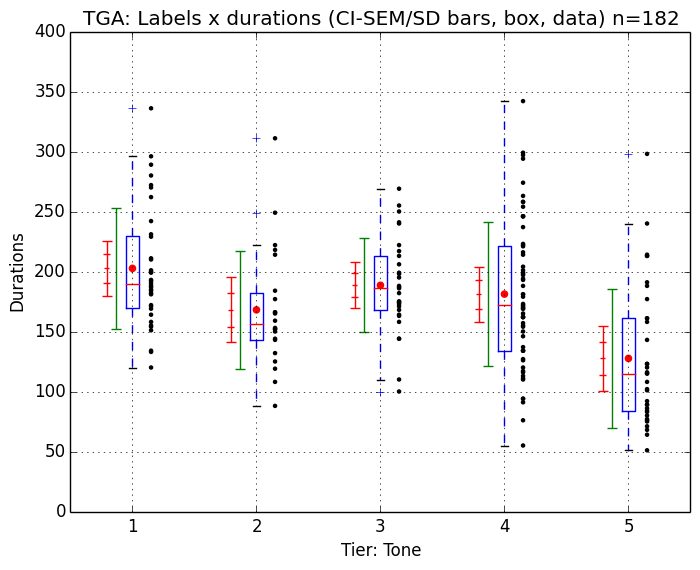
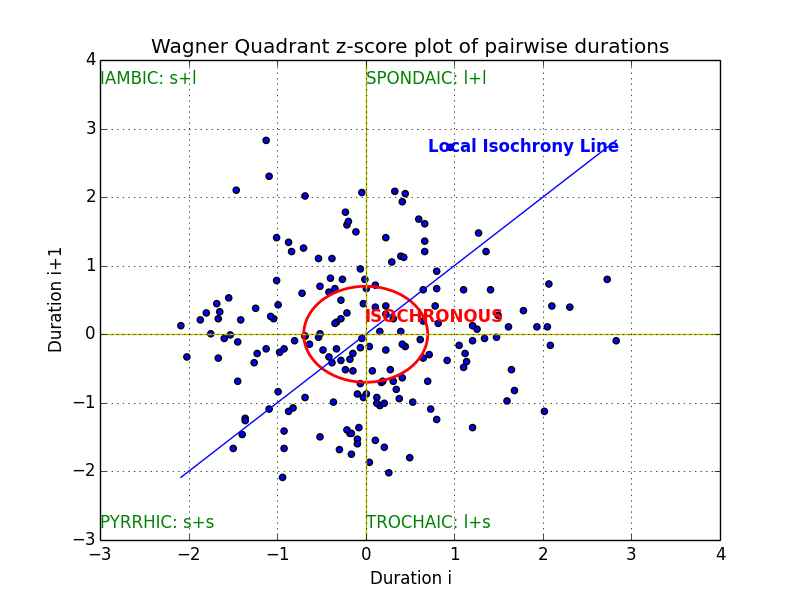 |
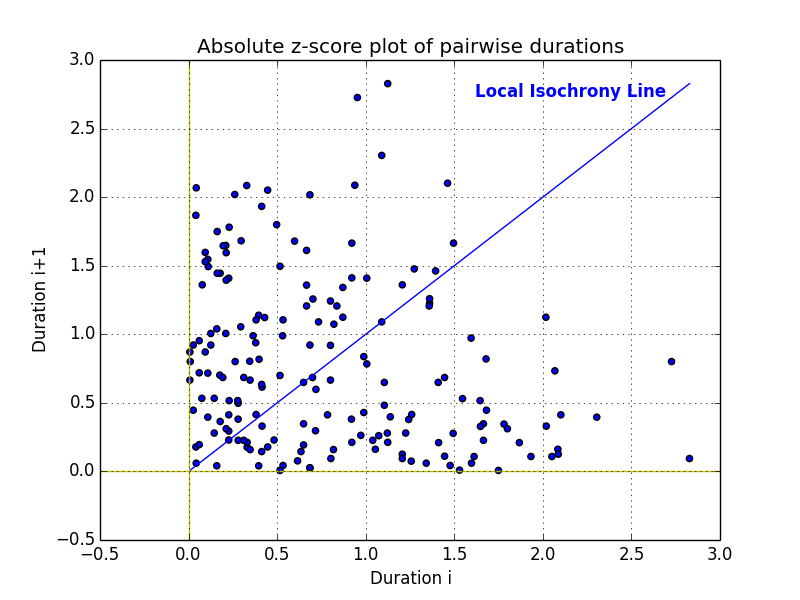 |
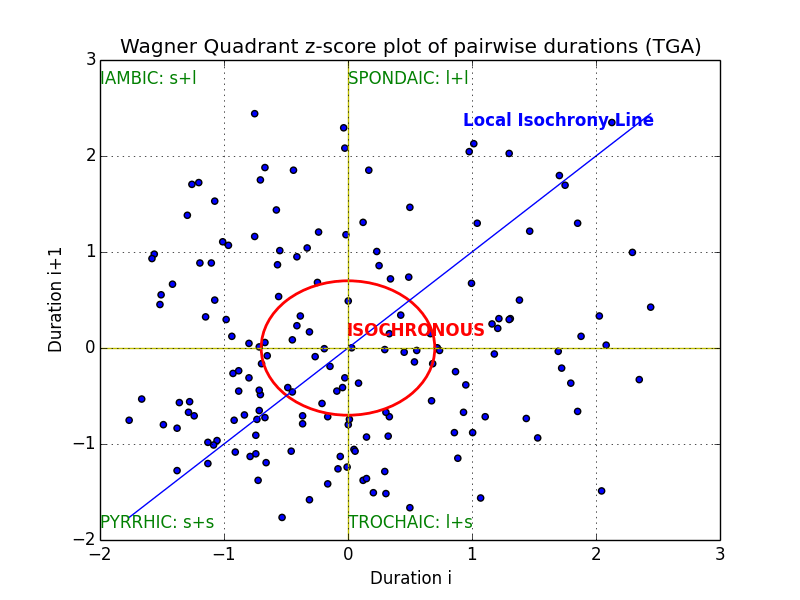 |
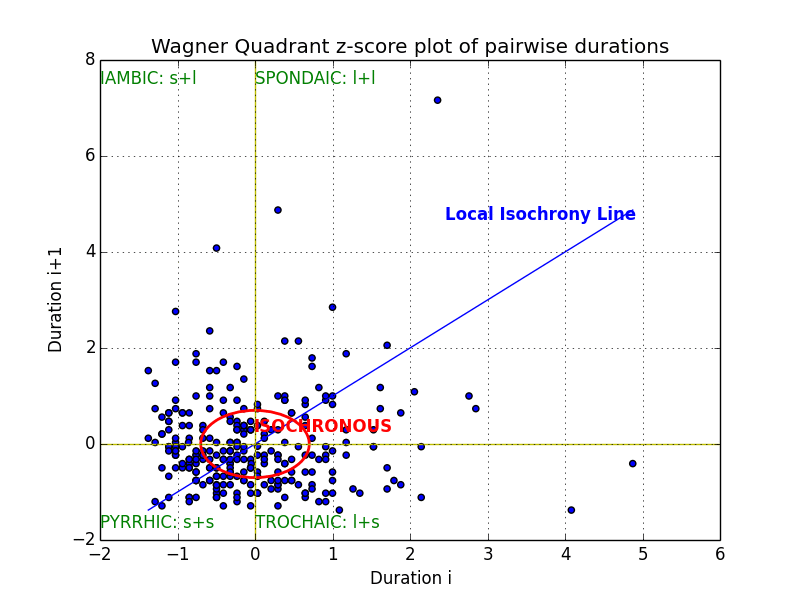 |
| 2012-07-09 V 1.0 | Basic Syllable and Time Group parser with deceleration and acceleration criteria |
| 2012-08-15 V 1.1 | Bugfix and enriched output |
| 2013-03-10 V 2.0 | Cycle through threshold range |
| 2013-03-12 V 2.1 | Picks specifiedtier out of unedited TextGrids with arbitrary number of tiers |
| 2013-03-13 V 2.2 | Pause group parsing option |
| 2013-03-13 V 2.3 | Additional quantitative output; syllable tier symbol to be input by user |
| 2013-03-21 V 2.4 | Further modularisation, more input options, no functional difference |
| 2013-03-23 V 2.5 | Someerror proofing. Use of numpy. |
| 2013-03-23 V 2.6 | Local longer-shorter-equal pattern visualisation |
| 2013-03-23 V 2.7 | Pattern input options |
| 2013-03-30 V 2.8 | Pattern testing |
| 2013-03-30 V 2.9 | CSV input added; parse summary information extended |
| 2013-03-30 V 2.10 | TimeTrees added. |
| 2013-03-30 V 3.0 | SD added to TimeGroups; various correlations; green bar duration visualisation (Firefox bug shows bars as blobs). |
| 2013-03-30 V 3.01 | ndiff analysis added to TimeGroup patterns. |
| 2013-03-30 V 3.01 | ngramm and time tree analysis; various format and output additions. |
| 2013-03-30 V 3.02 | some modularisation; duration difference ngrams; Time Tree Analysis. |
| 2014-09-04 V 3.03 | Wagner Quadrant plots and other graphs. |
| 2016-01-01 V 4.00 | deletion of segments with empty labels; comment lines permitted; frequency dictionary and concordance of label types with statistics; box plots for |labeltypes|<15. |
| Created: | Tuesday, July 10, 2012 7:25:09 AM CEST. |
| Last modified: | Monday, January 4, 2016 11:23:45 PM CET |
| D. Gibbon | |